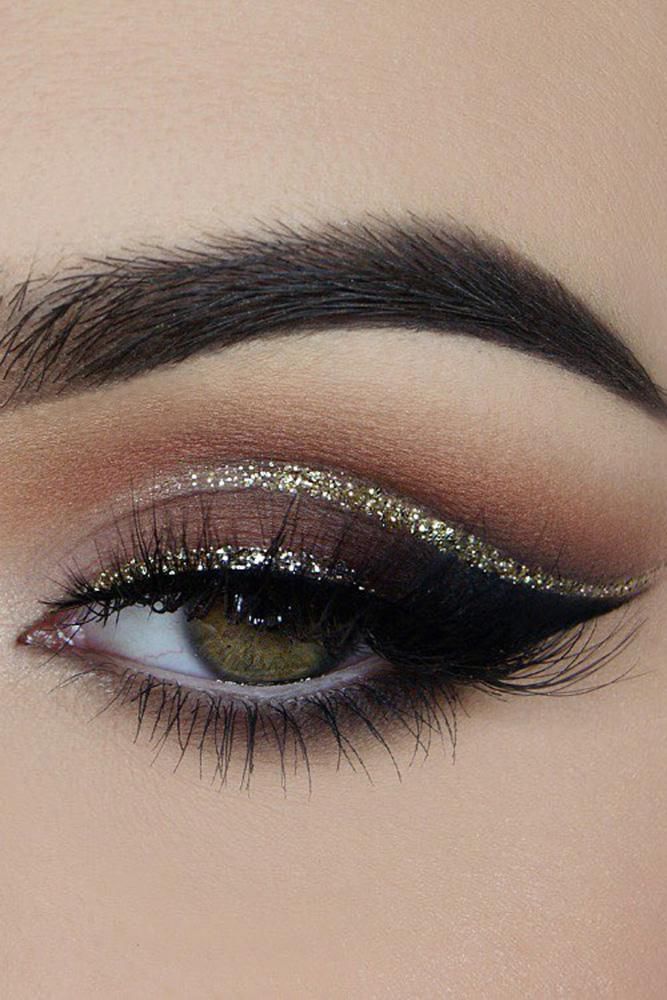Eye makeup has been a fundamental aspect of beauty rituals across cultures and epochs, reflecting both aesthetic preferences and societal values. From the elaborate kohl-lined eyes of ancient Egypt to today’s bold and experimental trends, eye makeup has undergone a fascinating evolution. This article explores the history of eye makeup, tracing its journey from ancient traditions to contemporary glamour.
#### **1. Ancient Beginnings: The Origins of Eye Makeup**
**Overview**: The use of eye makeup can be traced back to ancient civilizations where it was used for both cosmetic and ritualistic purposes. Early makeup was often made from natural materials and had significant cultural and religious significance.
**Ancient Egypt**:
– **Kohl**: One of the earliest forms of eye makeup, kohl was used by Egyptians as early as 4000 BCE. Made from a mixture of lead sulfide and other minerals, kohl was applied to the eyes to create a dark, dramatic line. It was believed to protect the eyes from the harsh sun and ward off evil spirits.
– **Symbolism**: Eye makeup in ancient Egypt was not only a beauty practice but also a symbol of status and divinity. The iconic “cat-eye” shape was associated with the goddess Hathor and was thought to enhance spiritual and physical well-being.
**Ancient Greece and Rome**:
– **Lead-based Products**: Greeks and Romans also used lead-based eye makeup to darken the lashes and brows. The Greeks favored a more natural look, while Romans embraced more elaborate and exaggerated styles.
– **Cosmetic Innovations**: These civilizations used various ingredients, including crushed beetles and plants, to create colored pigments for eye makeup.
**Why It Matters**: The use of eye makeup in ancient times was deeply intertwined with cultural, religious, and practical aspects, setting the foundation for its continued evolution.
#### **2. The Medieval and Renaissance Eras: Shifts in Beauty Standards**
**Overview**: During the medieval and Renaissance periods, eye makeup saw significant shifts in its application and cultural significance, often influenced by changing beauty standards and social norms.
**Medieval Europe**:
– **Minimal Use**: In medieval Europe, eye makeup was less common and often considered improper or scandalous. The focus was more on maintaining a natural appearance, with some exceptions in courtly settings where subtle enhancements were used.
**Renaissance Europe**:
– **Elaborate Makeup**: The Renaissance period marked a return to more elaborate beauty practices. Women of the time used a combination of lead-based powders and darkened their eyebrows and lashes. However, the use of such products was often controversial due to their harmful effects.
**Why It Matters**: The medieval and Renaissance periods illustrate how changing societal norms and health concerns influenced the use and perception of eye makeup.
#### **3. The 19th and Early 20th Centuries: The Advent of Modern Makeup**
**Overview**: The 19th and early 20th centuries saw the development of modern makeup products and the rise of eye makeup as an essential element of personal beauty routines.
**Victorian Era**:
– **Subtle Enhancements**: The Victorian era favored more subtle eye makeup, with women using mascara and eyebrow pencils to achieve a refined look. Makeup was generally understated and aligned with the period’s modesty norms.
**Early 20th Century**:
– **Hollywood Influence**: The 1920s brought significant changes with the rise of Hollywood and the influence of film stars. The iconic “flapper” look included bold eye makeup, such as dark eyeliner and smudged eyeshadow, reflecting the era’s emphasis on glamour and sophistication.
– **Innovation**: The development of commercially available mascara and eyeshadow made eye makeup more accessible and diverse. Products became more widely available, and new techniques were introduced.
**Why It Matters**: The early 20th century marked the transition from limited and modest eye makeup to a broader range of products and styles, driven by cultural shifts and technological advancements.
#### **4. The Late 20th Century: Bold and Experimental Styles**
**Overview**: The latter half of the 20th century witnessed an explosion of creativity in eye makeup, with diverse trends emerging from different cultural and social movements.
**1960s and 1970s**:
– **Dramatic Looks**: The 1960s introduced bold eye makeup trends, such as heavy eyeliner, dramatic false lashes, and colorful eyeshadows, inspired by pop culture and fashion icons like Twiggy and David Bowie.
– **Disco Era**: The 1970s disco era continued the trend for bold, sparkly eye makeup, with glitter and metallic shades becoming popular.
**1980s and 1990s**:
– **Eclectic Styles**: The 1980s were characterized by vibrant colors, dramatic eyeliner, and bold eyeshadow choices, reflecting the era’s exuberance and experimentation. The 1990s saw a return to more subdued colors and a focus on natural looks, though eye makeup remained a key element of personal style.
**Why It Matters**: The late 20th century’s eye makeup trends reflect a period of significant experimentation and cultural change, where makeup became a form of self-expression and individuality.
#### **5. The 21st Century: Modern Glam and Innovative Techniques**
**Overview**: The 21st century has seen the convergence of technology, fashion, and beauty, leading to innovative eye makeup techniques and trends that cater to a diverse range of preferences.
**Current Trends**:
– **Graphic Eyeliner**: Modern makeup artists and beauty enthusiasts are embracing bold graphic eyeliner designs, from sharp winged lines to intricate patterns, offering a contemporary twist on
